
Late last month, Beijing's Three Shadows Photography Centre teamed up with the gallery Thinking Hands and French photography festival "Les Rencontres d’Arles" to kick off PhotoSpring: Arles, a month-long festival dedicated to photography. Launching with four straight days of events, ranging from artist talks to a review of emerging photographers' portfolios to film screenings and interactive photography sessions, the festival continues with a plethora of exhibitions at 30 venues scattered throughout Beijing. Running from April 21 through May 31, 2012, the third installment of PhotoSpring (and first in partnership with Arles) will exhibit over 200 Chinese and international photographers and film-based artists.
PhotoSpring’s opening weekend was chaotic, as a slew of visitors, both local Chinese and uprooted expats, flocked to CaoChangDi to hear opening speeches by festival directors and peruse a multitude of exhibitions, including “Crossovers: The 2012 Three Shadows Photography Award.” The fourth installment of this special award drew an eclectic range of young Chinese photographers, who, for the most part, seem to rely solely on digital technology.

Perhaps more than anything else, what stood out at the opening weekend of PhotoSpring were artists who pushed their processes and subject matter towards a more traditional perspective. Although anthropological and thus somewhat dull in subject matter, Luo Bin successfully produced a series of ambrotype photographs, a process developed in the 1850s that followed the daguerreotype. Another photographer, Zhang Jin, who went on to win one of the two top prizes, exhibited a series on the Silk Road dedicated to the form of the landscape, evoking the style of Edward Weston.
In a new space adopted by Three Shadows for PhotoSpring, whose entrance was quite literally a hole in the wall, Jillian Schultz curated an intriguing exhibition on global poverty, vividly illustrating the concept of the poverty line in 15 different countries around the world. For the project, Schultz photographed the foods one could buy on a daily basis at the country's poverty level, which included nine mantou (steamed buns) in China, seven croissants in France, and six bagels in the US.
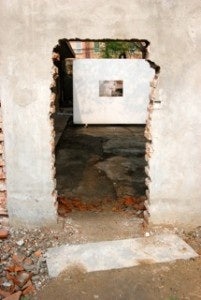
Finally, at in Three Shadows' newly designed +3 Gallery, Leslie Hook curated “Symphony of Time & Light,” a series of photographic works by the Japanese artist Hisaji Hara. Juxtaposing identical images in large digital inkjet prints as well as smaller albumen prints, Hara recreated scenes from the French-Polish painter Balthus’s works.
Given the lack of infrastructure to support not-for-profit organizations and events in China, we can only hope that festivals such as PhotoSpring continue to flourish in the years to come. As demand for contemporary photography continues to grow among China's budding collectors, similar events will become increasingly important, and the impressive crowds indicate that "new Chinese collectors" could see similar events as important resources for their own arts education.
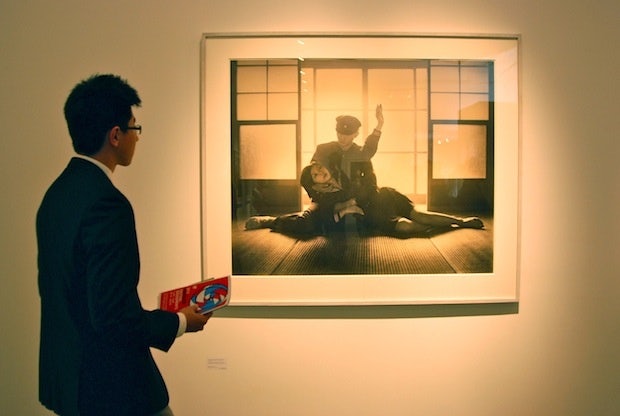
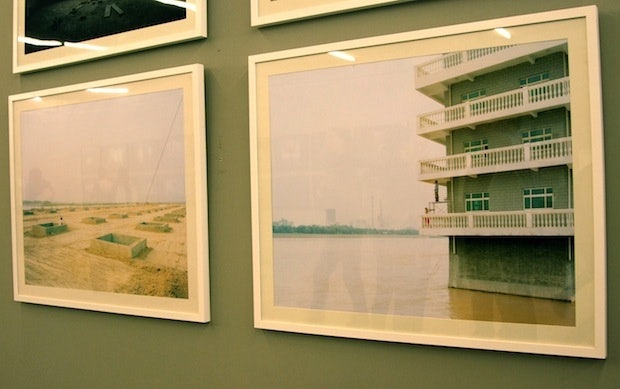
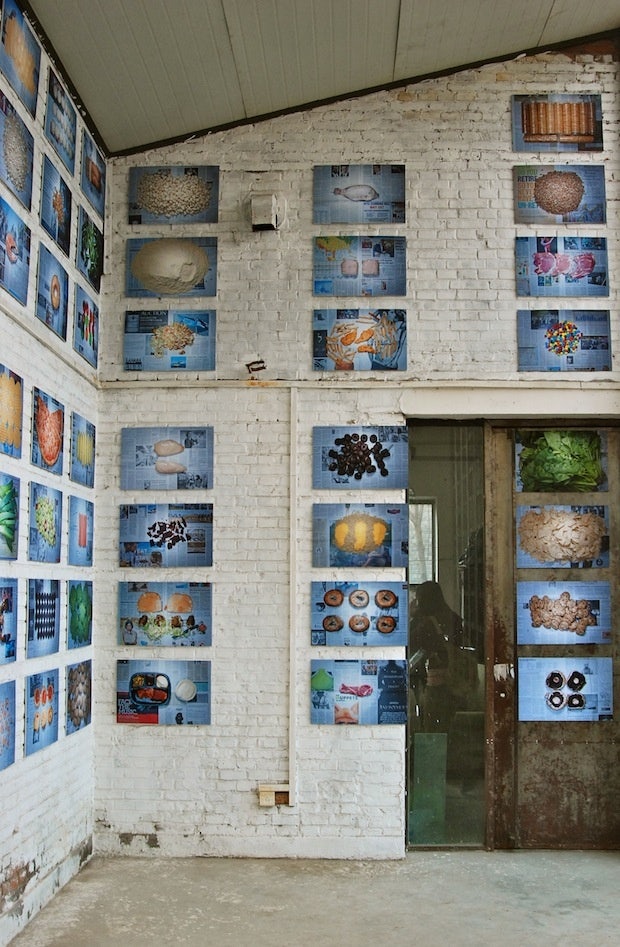
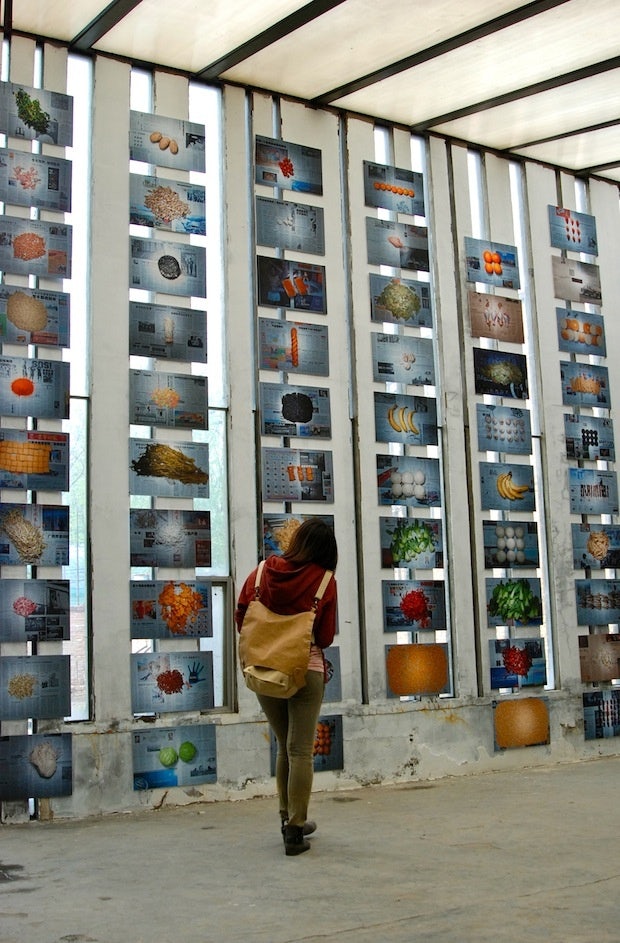
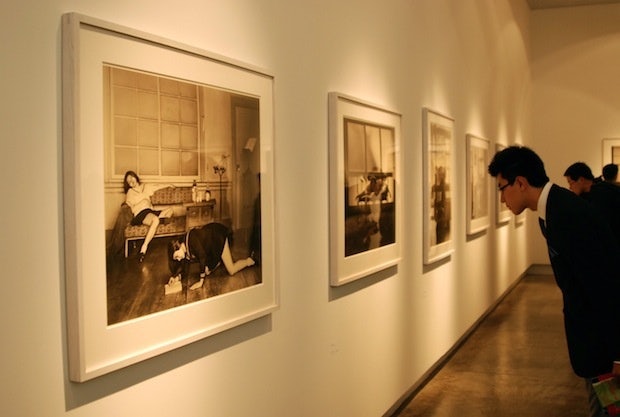
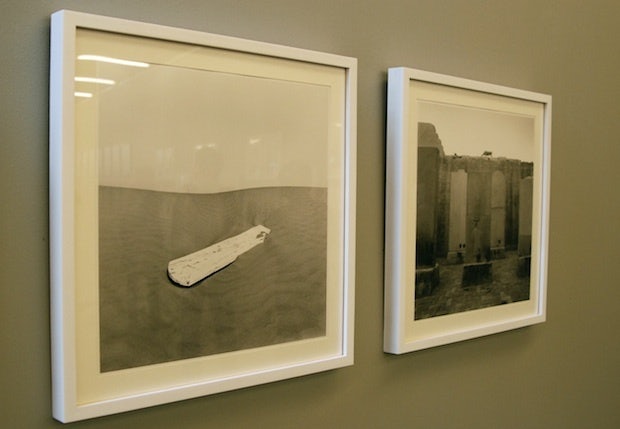
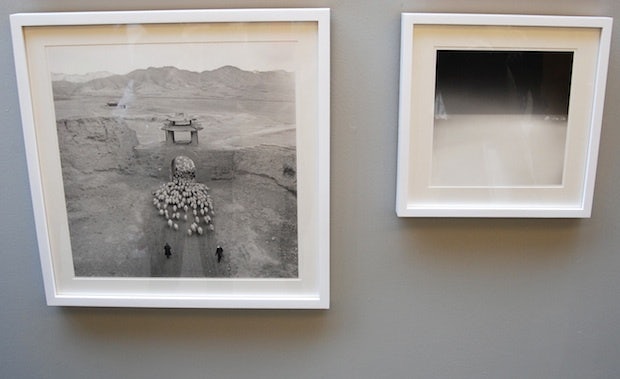
Zandie Brockett is a Beijing-based curator, consultant and photographer from Los Angeles. Brockett is now working on several projects in Beijing in addition to her photography, such as the development and production of HONG轰, a self-sustaining platform that provides Beijing-based emerging artists a way to support the production, exhibition and sale of their artwork.
To learn more about Brockett, visit her blog The Zandie Project or the website for HONG轰 Beijing北京.